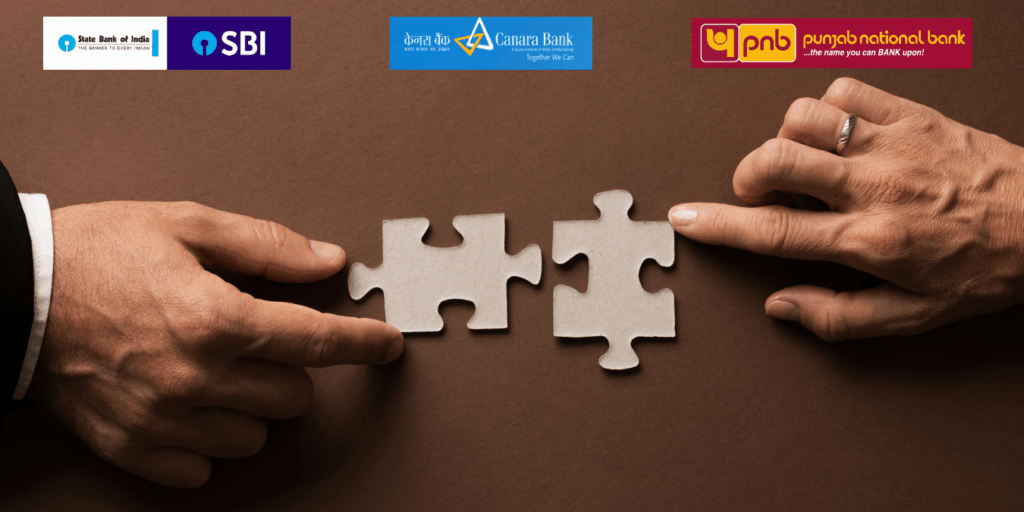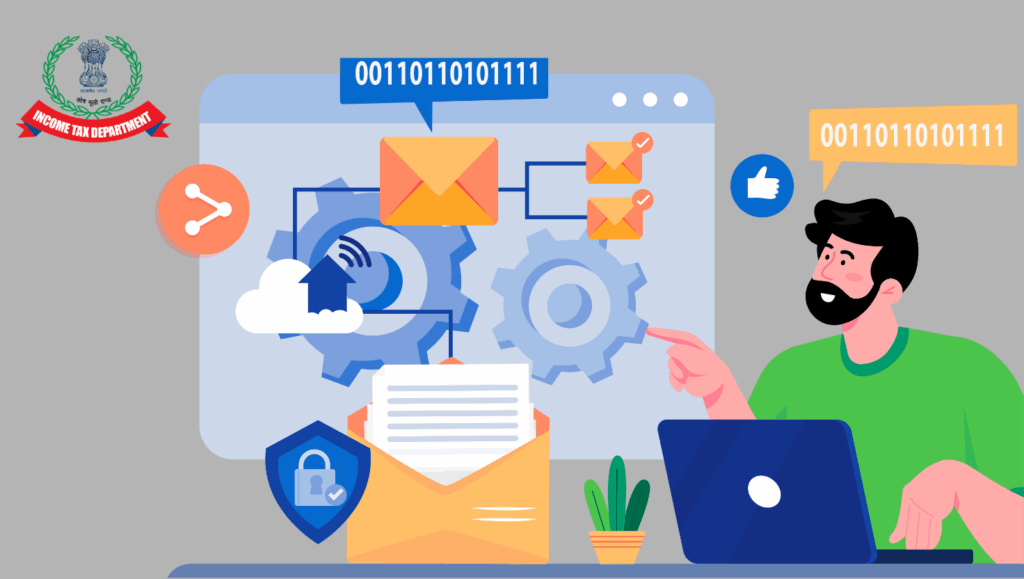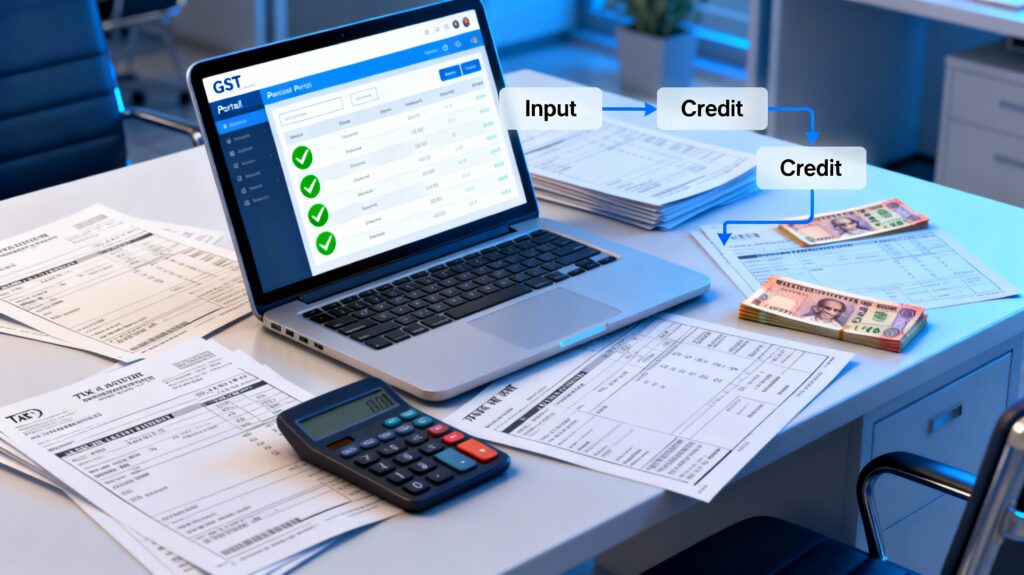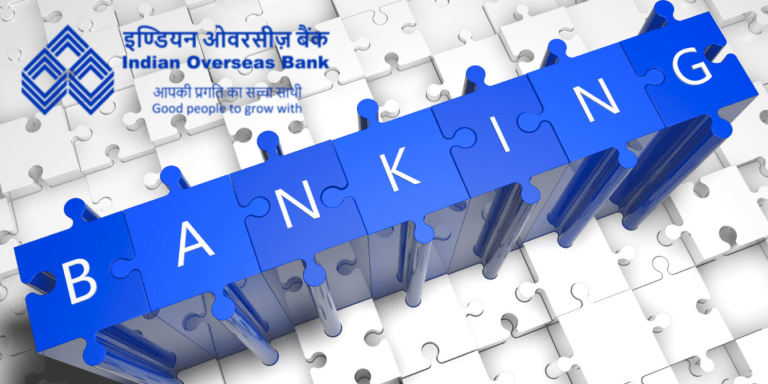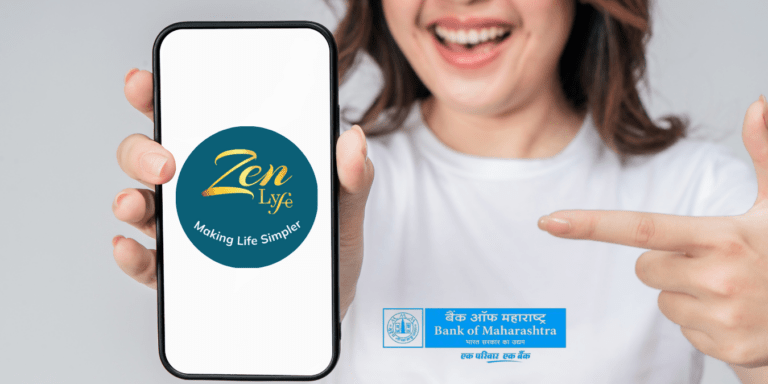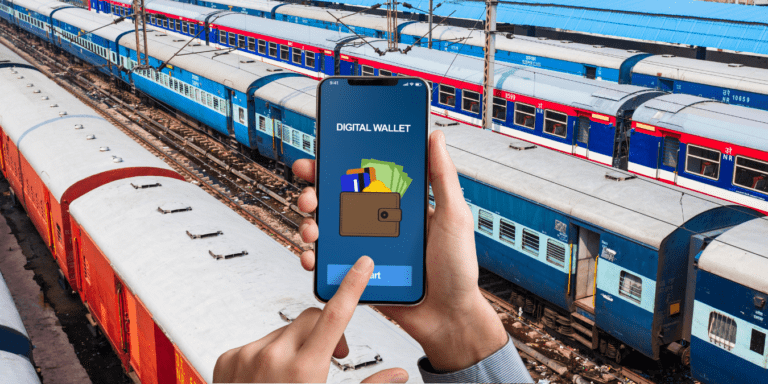
Big KYC update relief! RBI now allows Business Correspondents (BCs) to update KYC for bank accounts, making the process faster and more accessible. Learn how this change benefits you, which banks are participating, and step-by-step guidelines to complete your KYC hassle-free. Stay compliant with RBI’s simplified KYC norms—act now!
The Reserve Bank of India (RBI) has introduced groundbreaking changes to the Know Your Customer (KYC) updation process. On June 12, 2025, the RBI issued a notification that empowers Banking Correspondents (BCs) to conduct KYC updates, reducing the need for customers to visit bank branches. This development is a major relief for millions of bank account holders, particularly those in rural and underbanked areas, as it simplifies compliance and ensures seamless access to banking services. In this blog post, we’ll explore the details of this transformative policy, its implications for customers, and how it promotes financial inclusion in India. With a focus on KYC updation, RBI guidelines, Banking Correspondents, and financial inclusion, this article aims to provide comprehensive insights into the new rules.
What is KYC and Why is it Important?
Know Your Customer (KYC) is a mandatory process implemented by banks and financial institutions to verify the identity and address of their customers. The RBI’s KYC guidelines are designed to comply with the Prevention of Money Laundering Act (PMLA), 2002, and to safeguard the financial system against fraud, money laundering, and terrorist financing. KYC involves collecting officially valid documents (OVDs) such as Aadhaar, passport, voter ID, driving license, NREGA job card, or a letter from the National Population Register.
Periodic KYC updation ensures that banks maintain up-to-date customer information, which is critical for:
- Preventing financial fraud: Accurate KYC records help banks detect suspicious transactions.
- Ensuring compliance: Aligns with RBI’s anti-money laundering (AML) and counter-terrorism financing (CFT) frameworks.
- Facilitating government schemes: Enables smooth disbursal of Direct Benefit Transfers (DBT), scholarships, and other benefits under schemes like Pradhan Mantri Jan Dhan Yojana (PMJDY).
However, the traditional KYC process often required customers to visit bank branches, which posed challenges, especially for those in remote areas or with limited mobility. Delays in KYC updation led to account freezes, disrupting access to funds and government benefits. The RBI’s latest policy addresses these pain points by leveraging Banking Correspondents and digital solutions.
RBI’s New KYC Guidelines: A Game-Changer
The RBI’s notification dated June 12, 2025, introduces several customer-centric changes to the KYC updation process. These amendments aim to simplify compliance, reduce pendency, and enhance accessibility. Below are the key highlights:
1. Empowering Banking Correspondents (BCs) for KYC Updates
Banking Correspondents (BCs) are now authorized to conduct both one-time and periodic KYC updates. BCs are local agents, including NGOs, self-help groups (SHGs), microfinance institutions (MFIs), and even kirana shop owners, who act as extended arms of banks to provide financial services in unbanked and underbanked areas. According to the Union Bank of India, “Business Correspondents are an extended arm of the Bank Branch who is providing Financial and Banking Services to the customers in unbanked and underbanked areas.”
With this new mandate, BCs can:
- Accept self-declarations for “no change” or “address change only” in KYC information.
- Collect and authenticate officially valid documents (OVDs) using Aadhaar biometric-based e-KYC or digital processes.
- Issue receipts for submissions and forward authenticated documents to banks for record updates.
This move is a significant step toward financial inclusion, as it enables customers in rural and semi-urban areas to update their KYC without traveling long distances to a bank branch.
2. Mandatory Advance Notifications
To prevent sudden account freezes due to KYC non-compliance, the RBI has mandated banks to provide at least three advance intimations to customers before the KYC due date, with at least one intimation sent via letter. If customers fail to comply by the due date, banks must issue three additional reminders, including one by letter. These communications must include:
- Clear instructions for updating KYC.
- An escalation mechanism for seeking assistance.
- Details on the consequences of non-compliance, such as temporary account restrictions.
Banks are required to record these communications in their systems for audit purposes, with full implementation mandated by January 1, 2026. This ensures transparency and gives customers ample time to comply, reducing disruptions to banking services.
3. Extended Deadline for Low-Risk Customers
The RBI has relaxed KYC updation deadlines for low-risk customers, allowing them to update their KYC by June 30, 2026, or within one year of the due date, whichever is later. Low-risk customers, such as salaried individuals or those with small account balances, can continue transactions during this period, provided their accounts are monitored for suspicious activity. This flexibility ensures that accounts, especially those linked to DBT or PMJDY, remain operational without interruptions.
4. Digital and Video-Based KYC Options
The RBI has emphasized digital solutions to make KYC updates more convenient. Customers can now complete KYC through:
- Aadhaar OTP-based e-KYC: For consent-based onboarding in non-face-to-face (NFTF) mode, subject to certain conditions.
- Video-based Customer Identification Process (V-CIP): A secure, live audio-visual interaction with bank officials to verify identity.
- Digital channels: Self-declarations can be submitted via registered email, mobile number, ATMs, or online banking platforms.
These options reduce the need for physical visits and streamline the process for tech-savvy customers and NRIs.
5. Simplified Onboarding and Address Updates
For new customers, the RBI has simplified onboarding through:
- Aadhaar biometric-based e-KYC: Customers can provide a self-declaration for a current address different from the UIDAI database.
- Digital KYC: Allows seamless onboarding without physical documentation.
For existing customers, self-declarations for “no change” or “address change only” can be submitted digitally or through BCs, with banks verifying new addresses within two months.
6. Reactivation of Inoperative Accounts
The RBI has also addressed the issue of inoperative accounts and unclaimed deposits. BCs are now authorized to facilitate KYC updates for reactivating such accounts. Customers can also use V-CIP or visit any bank branch (not just the home branch) to update KYC and restore account functionality. This is particularly beneficial for PMJDY account holders and DBT beneficiaries.
Why This Matters: Addressing KYC Challenges
The RBI’s decision to overhaul KYC guidelines was prompted by significant challenges faced by customers, particularly in rural and semi-urban areas. The central bank noted a large pendency in periodic KYC updates, especially for accounts opened for DBT, Electronic Benefit Transfers (EBT), scholarships, and PMJDY. These delays often resulted in:
- Account freezes, disrupting access to funds.
- Delays in government benefits, such as scholarships and subsidies.
- Inconvenience for customers in remote areas with limited access to bank branches.
By empowering BCs and introducing digital solutions, the RBI aims to:
- Enhance financial inclusion: Make banking services accessible to underserved populations.
- Reduce compliance burden: Simplify KYC processes for customers and banks.
- Prevent fraud: Ensure up-to-date records to combat financial crimes.
- Support government schemes: Facilitate the timely disbursal of DBTs and scholarships.
Shikhar Aggarwal, Chairman of BLS E-Services, stated, “By simplifying KYC processes while ensuring regulatory compliance, the new guidelines will enable faster customer onboarding, promote the adoption of formal financial services, and facilitate withdrawals under Direct Benefit Transfer (DBT) schemes.”
How Customers Benefit from the New KYC Rules
The RBI’s revised guidelines offer several advantages for bank account holders:
- Convenience: Customers can update KYC through BCs, digital channels, or V-CIP, eliminating the need for branch visits.
- Accessibility: BCs in rural areas make KYC updates feasible for underbanked populations.
- Extended Deadlines: Low-risk customers have until June 30, 2026, to update KYC without account restrictions.
- Transparency: Mandatory advance notices and reminders ensure customers are well-informed.
- Reactivation of Accounts: Easier processes to restore inoperative accounts and unclaimed deposits.
These changes are particularly impactful for:
- Rural customers Who rely on BCs for banking services.
- Senior citizens and NRIs: Who can use digital or video-based KYC options.
- DBT and PMJDY beneficiaries: Who need uninterrupted access to government benefits.
Steps to Update Your KYC Under the New Guidelines
To comply with the RBI’s revised KYC guidelines, follow these steps:
- Check for Notifications: Look out for advance intimations from your bank via SMS, email, or letter.
- Visit a Banking Correspondent: If you’re in a rural or semi-urban area, contact a local BC (e.g., kirana shop, SHG, or MFI) authorized by your bank.
- Submit Self-Declaration: For no change in KYC details or address updates, submit a self-declaration through digital channels or BCs.
- Use Digital Platforms: Complete KYC via Aadhaar OTP, V-CIP, or your bank’s online portal/mobile app.
- Visit Any Branch: If digital options are unavailable, update KYC at any bank branch, not just your home branch.
- Provide OVDs: Ensure you have valid documents like Aadhaar, passport, or voter ID for verification.
Banks must acknowledge receipt of your KYC documents or self-declaration, and updates should be processed promptly. If you face issues, use the escalation mechanism provided in the bank’s notifications.
Final Thought
The RBI’s decision to empower Banking Correspondents to update KYC marks a pivotal step toward making banking more inclusive and convenient. By leveraging BCs, digital platforms, and extended deadlines, the central bank is addressing long-standing challenges in KYC compliance, particularly for rural customers and DBT beneficiaries. These changes not only simplify the KYC updation process but also reinforce India’s commitment to financial inclusion and robust AML/CFT compliance. As banks implement these guidelines by January 1, 2026, customers can expect a hassle-free experience in maintaining their accounts. Stay proactive, respond to bank notifications, and explore the new digital and BC-enabled options to keep your KYC up to date.




